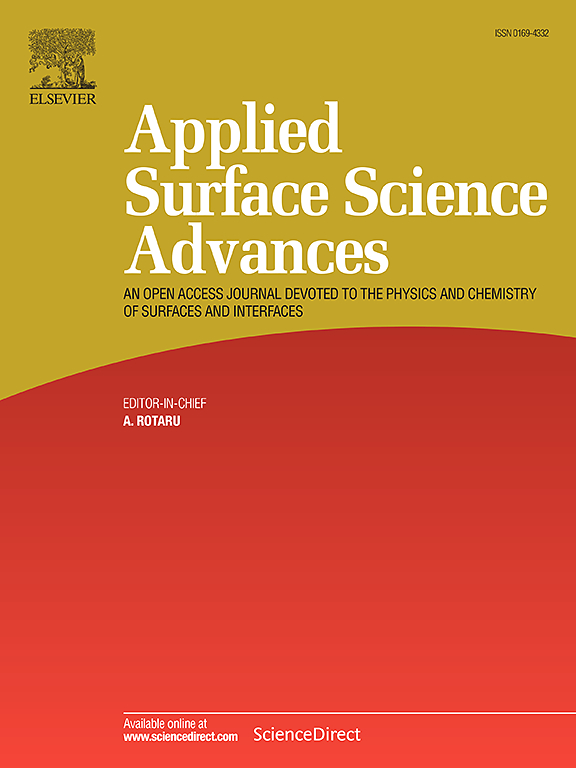Coating-by-design: design a high-temperature oxidation and corrosion resistant Zr-doped MCrAlY coating fabricated by magnetron sputtering
IF 8.7
Q1 CHEMISTRY, PHYSICAL
引用次数: 0
Abstract
Here, we propose a rapid coating design and verification approach via magnetron sputtering, which is first applied to Zr-doped MCrAlY coatings. By utilising the compositional gradient of the as-deposited coatings, ten candidates with varying Zr contents were evaluated. Among them, the coating with 0.15 wt.% Zr exhibited the best oxidation and corrosion resistance. Results show that moderate Zr doping promotes the θ-Al2O3 to α-Al2O3 transformation and delays the β to γ/γ′ phase transition, leading to the formation of a dense and smooth oxide scale. However, EBSD analysis reveals that increasing Zr content coarsens the grain size, and excessive Zr accelerates Al depletion and promotes spinel formation. During oxidation, a semicoherent γ/γ′ to α-Al2O3 interface is formed, whereas in corrosion-tested samples, the β-NiAl to α-Al2O3 interface becomes incoherent, weakening interfacial bonding. Nevertheless, Zr diffusion from the coating into the thermally grown oxide (TGO) forms Zr-rich bands, which significantly inhibit Al outward diffusion. Thermo-Calc simulations indicate that the volume fraction of β-NiAl at 1100 °C (low Al content β-NiAl) is much higher than at 900 °C (high Al content β-NiAl), and that Zr has little effect on the overall phase distribution. Coatings prepared via arc ion plating further confirm that Zr-doped coatings outperform Zr-free ones in cyclic oxidation and corrosion resistance.
设计涂层:设计一种磁控溅射制备的耐高温氧化耐腐蚀掺杂zr的mccraly涂层
本文提出了一种磁控溅射快速涂层设计和验证方法,该方法首次应用于掺杂zr的MCrAlY涂层。利用沉积涂层的成分梯度,对10种Zr含量不同的候选涂层进行了评价。其中,Zr含量为0.15 wt.%的涂层具有最佳的抗氧化性和耐腐蚀性。结果表明:适量的Zr掺杂促进了θ-Al2O3向α-Al2O3的转变,延缓了β向γ/γ′的相变,形成致密光滑的氧化层;然而,EBSD分析表明,Zr含量的增加使晶粒尺寸变粗,过量的Zr加速Al耗竭,促进尖晶石的形成。在氧化过程中,形成半相干γ/γ′- α-Al2O3界面,而在腐蚀测试样品中,β-NiAl - α-Al2O3界面变得不相干,削弱了界面结合。然而,Zr从涂层扩散到热生长氧化物(TGO)形成富Zr带,显著抑制Al向外扩散。热钙模拟表明,1100℃时β-NiAl的体积分数(低Al含量β-NiAl)远高于900℃时β-NiAl的体积分数(高Al含量β-NiAl), Zr对整体相分布影响不大。通过电弧离子镀制备的涂层进一步证实了掺杂zr涂层在循环氧化和耐腐蚀性方面优于无zr涂层。
本文章由计算机程序翻译,如有差异,请以英文原文为准。
求助全文
约1分钟内获得全文
求助全文

 求助内容:
求助内容: 应助结果提醒方式:
应助结果提醒方式:


